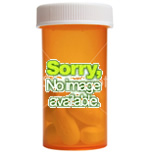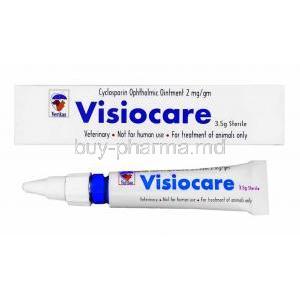Cooldown Gel For Horse Joints
- Introduction to Cooldown Gel for Horse Joints
- Composition and Active Ingredients
- How Cooldown Gel Works on Horse Joints
- Uses and Indications of Cooldown Gel for Horse Joints
- Off-Label Uses of Cooldown Gel in Horses
- Dosage and Administration of Cooldown Gel
- Side Effects and Common Adverse Reactions
- Important Precautions and Contraindications
- Interaction with Other Medications and Supplements
- Special Considerations for Different Horse Populations
- Handling Precautions for Safe Application
- Storage and Shelf Life
- Overdosage and Management of Excessive Application
- Warnings and Legal Considerations
- Conclusion and Final Recommendations
Introduction to Cooldown Gel for Horse Joints
Cooldown gel plays a pivotal role in equine joint health, offering a targeted solution for managing inflammation and soreness. Horses, especially those engaged in rigorous activities, endure significant strain on their joints. Without proper recovery, minor discomfort can escalate into severe mobility issues.
Post-exercise recovery is a crucial aspect of equine care. Whether a horse is used for racing, jumping, or daily labor, muscle and joint fatigue are inevitable. Cooldown gel provides a rapid cooling effect, reducing discomfort and promoting faster healing.
Unlike traditional liniments, which often generate heat, cooldown gels work through cryotherapy providing a cooling sensation that alleviates inflammation. This key difference makes them particularly effective for acute injuries and post-training soreness.
The use of topical gels in equine medicine dates back centuries, with formulations evolving to incorporate scientifically backed ingredients. Modern cooldown gels are now more effective, fast-absorbing, and tailored for equine physiology.
Composition and Active Ingredients
The efficacy of cooldown gel lies in its carefully selected active ingredients, each contributing to joint relief and recovery.
- Menthol and Camphor: These cooling agents create a soothing effect, reducing localized pain and swelling.
- Anti-inflammatory Compounds: Ingredients like Arnica and Witch Hazel help diminish swelling and accelerate tissue repair.
- Natural vs. Synthetic Components: While some gels rely on herbal extracts, others incorporate lab-developed compounds for enhanced potency.
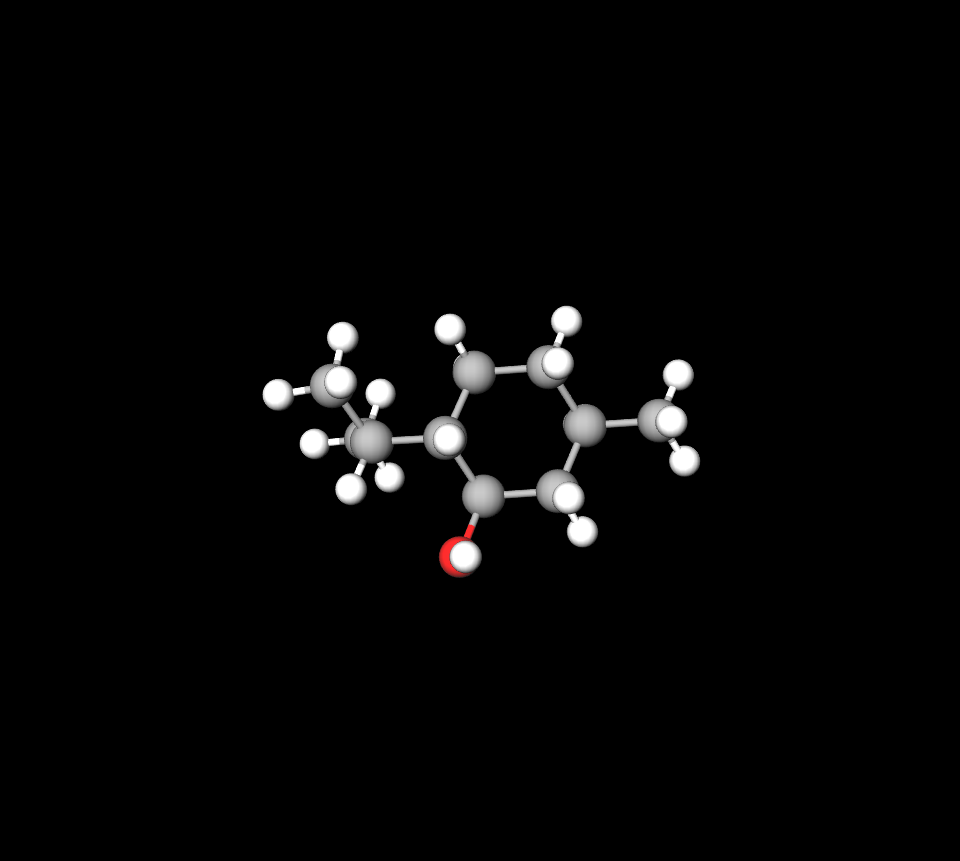
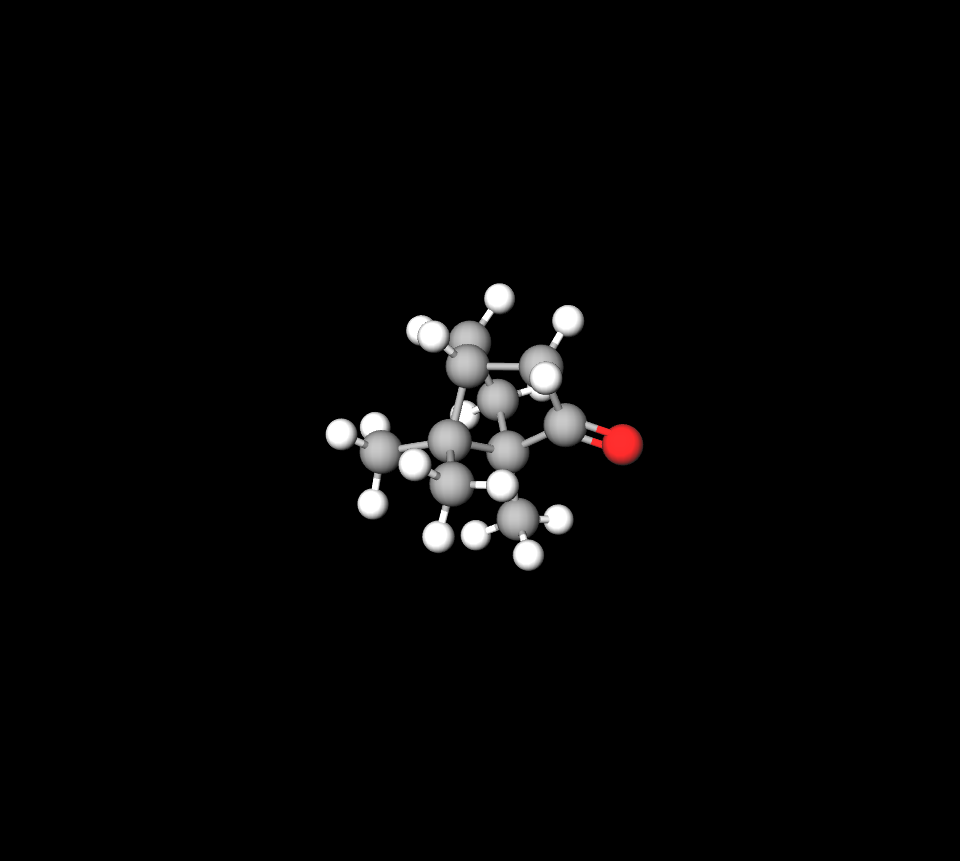
How Cooldown Gel Works on Horse Joints
The primary function of cooldown gel is to mitigate inflammation, alleviate discomfort, and support muscular recovery.
- Cooling Effect: By drawing heat away from the skin, it numbs pain receptors and constricts blood vessels, reducing swelling.
- Deep Tissue Absorption: Unlike surface-level remedies, quality gels penetrate the muscle and joint structures, delivering therapeutic benefits.
- Contrasting Heat-Based Treatments: Heat liniments enhance circulation, whereas cooldown gels focus on immediate relief and inflammation control.
Uses and Indications of Cooldown Gel for Horse Joints
Cooldown gel is an essential tool for equine caretakers, aiding in various therapeutic applications:
- Post-Exercise Recovery: Relieves muscle stiffness and prevents excessive inflammation after intense activity.
- Arthritis and Chronic Joint Issues: Offers ongoing support for horses with degenerative joint conditions.
- Rehabilitation from Injuries: Assists in recovery from sprains, tendon strains, and joint injuries.
- Preventative Joint Care: Regular use can help sustain long-term joint mobility and reduce injury risks.
- Performance Enhancement: Commonly used by competitive equestrians to maintain optimal horse agility.
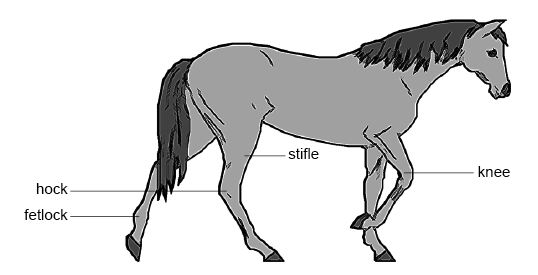
Off-Label Uses of Cooldown Gel in Horses
While primarily designed for joint relief, cooldown gel has additional therapeutic applications:
- Tendon and Ligament Support: Applied to tendons post-training to minimize micro-tears.
- Muscle Fatigue Management: Useful beyond joint care, easing overall muscle soreness.
- Hoof and Pastern Inflammation: Can be applied to lower limbs to reduce localized swelling.
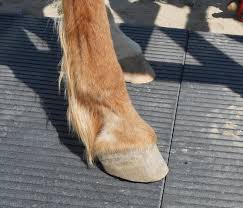
Dosage and Administration of Cooldown Gel
Proper dosage and administration are essential to ensure effectiveness while avoiding overuse.
- Recommended Amount: Typically applied in a thin layer, adjusted based on horse size.
- Application Techniques: Massage gently into the joint until absorbed.
- Frequency of Use: Best applied post-exercise and as needed for ongoing joint care.
- Pre- and Post-Training Guidelines: Used before activity to prevent stiffness and after exertion for recovery.

Side Effects and Common Adverse Reactions
Cooldown gels are generally safe, but some horses may exhibit sensitivities.
- Mild Skin Irritation: Occasional redness or dryness may occur.
- Allergic Reactions: Horses with sensitive skin may develop rashes.
- Prolonged Use Effects: Overuse may lead to dependency or skin desensitization.
- Managing Side Effects: Discontinue use if adverse reactions persist.
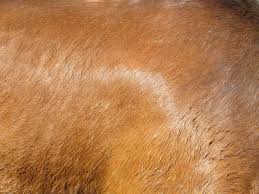
Important Precautions and Contraindications
Careful administration ensures the gel is used safely and effectively.
- Skin Sensitivities: Horses prone to dermatitis should be monitored.
- Avoid Open Wounds: Direct application to broken skin can cause irritation.
- Safe Handling: Avoid application near eyes and mucous membranes.
- Excessive Use Risks: Overuse may cause cooling desensitization.
Interaction with Other Medications and Supplements
Cooldown gels may interact with other treatments, requiring veterinary guidance.
- NSAIDs and Anti-Inflammatories: Combining with oral anti-inflammatory medications should be monitored.
- Oral Joint Supplements: Can be used alongside glucosamine-based supplements for enhanced joint care.
- Concurrent Use with Corticosteroids: Requires veterinary oversight to prevent excessive joint cooling.
Special Considerations for Different Horse Populations
Different horse populations have unique physiological needs and health considerations. The administration of cooldown gel must be adjusted to ensure safety and efficacy across varying life stages.
Administration to Elderly Horses
Aging horses often suffer from degenerative joint conditions such as osteoarthritis, reduced cartilage integrity, and overall musculoskeletal stiffness. These issues necessitate a modified approach to cooldown gel application.
- Adjustments for Chronic Joint Issues: Senior horses with persistent joint discomfort benefit from consistent, gentle applications to reduce inflammation and maintain mobility.
- Frequency and Dosage Modifications: Due to their slower metabolism, elderly horses may require a lower concentration of active ingredients applied more frequently rather than a single heavy dose.
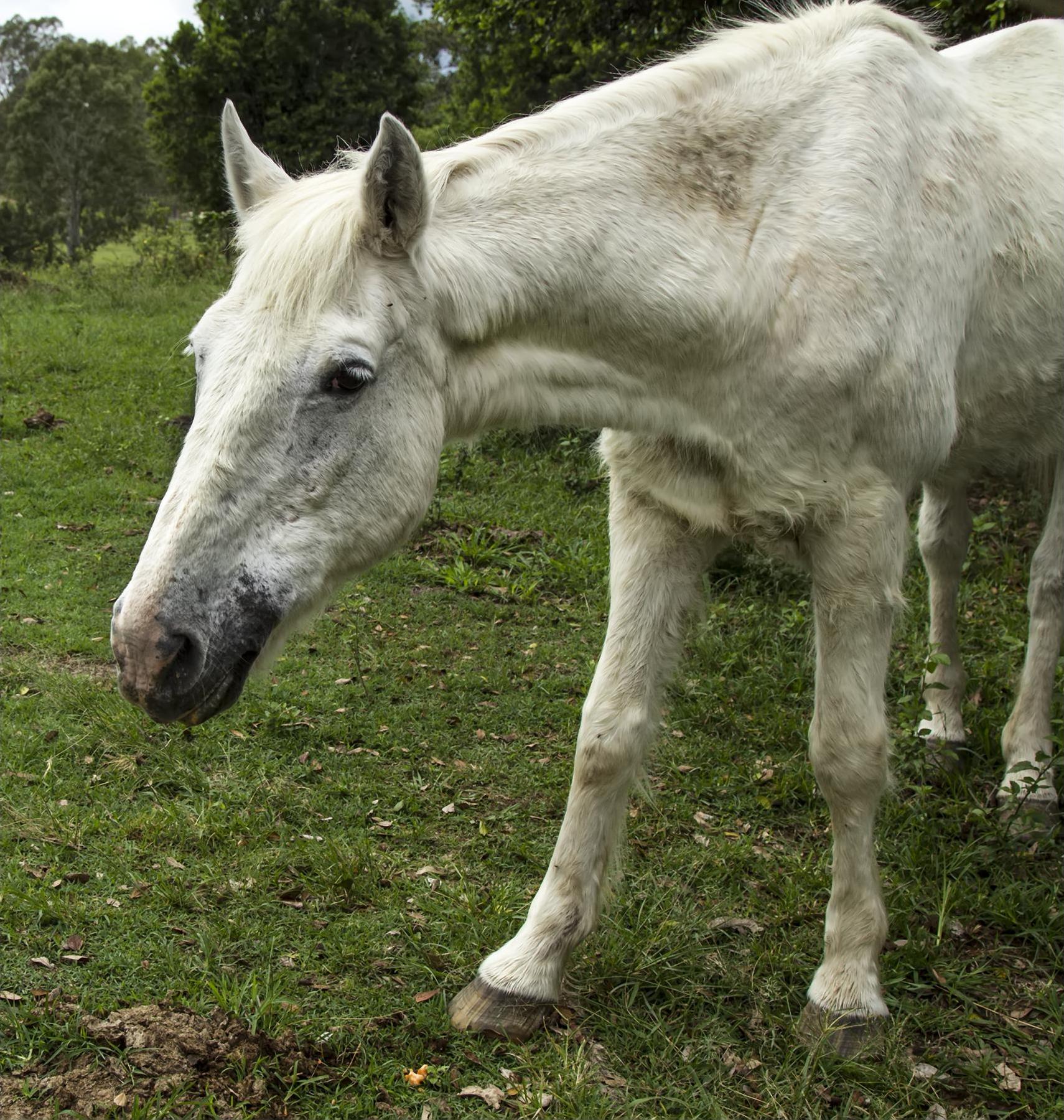
Administration to Pregnant Mares and Nursing Mothers
Pregnancy and lactation introduce additional risks when administering external medications or topical treatments.
- Safety Profile During Pregnancy and Lactation: Some active ingredients in cooldown gels may be systemically absorbed, necessitating caution to avoid potential effects on fetal development.
- Potential Risks for Foals: Nursing foals may inadvertently ingest residue from treated areas through maternal grooming or close contact, necessitating careful application away from areas the foal might lick.
Administration to Young Horses and Foals
Immature musculoskeletal systems require delicate care to prevent unintended consequences of cooldown gel application.
- Guidelines for Use in Developing Joints: The joints of young horses are still forming, so excessive cooling agents could impair natural inflammatory responses necessary for healthy joint maturation.
- Safety Concerns for Immature Systems: Due to heightened sensitivity, foals and young horses may experience exaggerated reactions to topical treatments, requiring veterinary consultation before application.
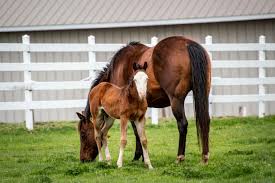
Handling Precautions for Safe Application
Ensuring the safe handling of cooldown gel mitigates risks for both equines and their handlers.
- Proper Handwashing and Glove Use: Direct skin contact should be minimized, as some formulations contain potent ingredients that can cause irritation or absorption through human skin.
- Preventing Accidental Ingestion: Horses may attempt to lick applied areas; protective measures such as covering treated joints or using non-toxic formulations help prevent unintended ingestion.
- Safe Storage Conditions: Keeping the gel away from direct heat, sunlight, and moisture prevents breakdown of active compounds.
- Avoiding Human Skin Exposure: Users should be cautious, particularly when handling concentrated formulas, as prolonged exposure may cause dermal reactions.
Storage and Shelf Life
Maintaining the stability and efficacy of cooldown gel requires adherence to proper storage guidelines.
- Recommended Storage Conditions: Store in a cool, dry place, ideally between 10°C and 25°C, to prevent degradation of active ingredients.
- Signs of Product Degradation: Changes in consistency, discoloration, or an altered scent may indicate chemical breakdown, rendering the gel ineffective or potentially harmful.
- Best Practices for Preserving Effectiveness: Keep containers sealed tightly to prevent oxidation and contamination, and avoid transferring gel to unapproved secondary containers.
Overdosage and Management of Excessive Application
Overapplication of cooldown gel can lead to unintended adverse effects, requiring immediate intervention.
- Signs of Overdose: Excessive cooling, prolonged numbness, localized irritation, or paradoxical inflammation may indicate an overuse of the product.
- Immediate Steps to Mitigate Effects: If signs of excessive application occur, promptly rinse the treated area with lukewarm water and discontinue use until symptoms resolve.
- Veterinary Interventions: In cases of severe reactions, such as hypersensitivity or widespread irritation, professional veterinary evaluation is necessary to determine appropriate treatment.
Warnings and Legal Considerations
Cooldown gel formulations may be subject to regulatory scrutiny, particularly in competitive equestrian environments.
- Regulatory Guidelines for Competitions: Many equestrian governing bodies have specific rules regarding the use of external joint treatments; compliance with competition regulations is essential.
- Banned Substance Considerations: Some formulations may contain ingredients classified as performance-enhancing substances, leading to potential disqualification if detected in blood tests.
- Veterinary Recommendations: To ensure long-term safety, professional oversight should be sought before integrating cooldown gel into a horse's daily regimen, particularly for high-performance athletes.

Conclusion and Final Recommendations
Cooldown gel serves as a valuable tool for equine joint health, promoting recovery, reducing inflammation, and maintaining flexibility. Proper application, dosage considerations, and adherence to safety guidelines maximize its benefits while minimizing risks.
- Key Benefits: Effective pain relief, reduction of post-exercise stiffness, and improved joint mobility.
- Best Practices for Integration: Implementing cooldown gel within a structured recovery routine enhances performance longevity.
- When to Seek Veterinary Consultation: If adverse reactions arise or joint issues persist despite consistent treatment, a professional evaluation is advised.
Incorporating cooldown gel into equine care regimens can significantly improve overall joint health when used responsibly, ensuring optimal equine well-being and performance.
Cooldown Gel For Horse Joints FAQ
What is horse gel used for?
Assists in the rehabilitation of horses following injuries and preparing them for competitions; ideal for supporting ligaments and joints as aiding in muscle recovery.
Is horse gel safe for humans?
Numerous ointments originally made for horses have been applied to humans in a form; however, it's important to note that humans should not use products with the ingredient dimethyl sulfoxide (DMS0) meant for horses because the substance can enter the bloodstream through the skin.
What does horse gel do?
The ointment is gently applied onto the horse's skin to create a soothing warmth or cooling effect that helps alleviate discomfort and swelling or promote circulation.

